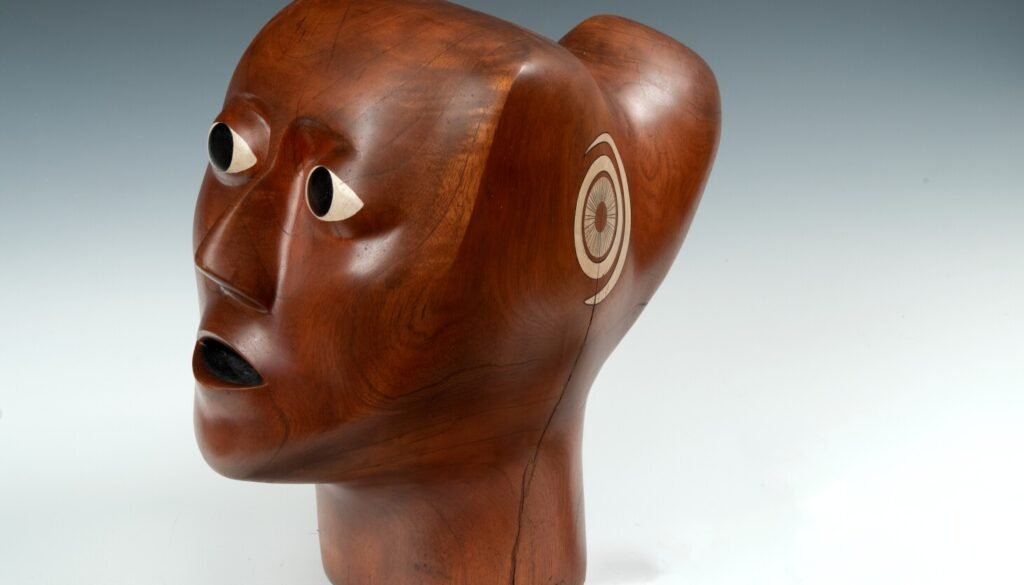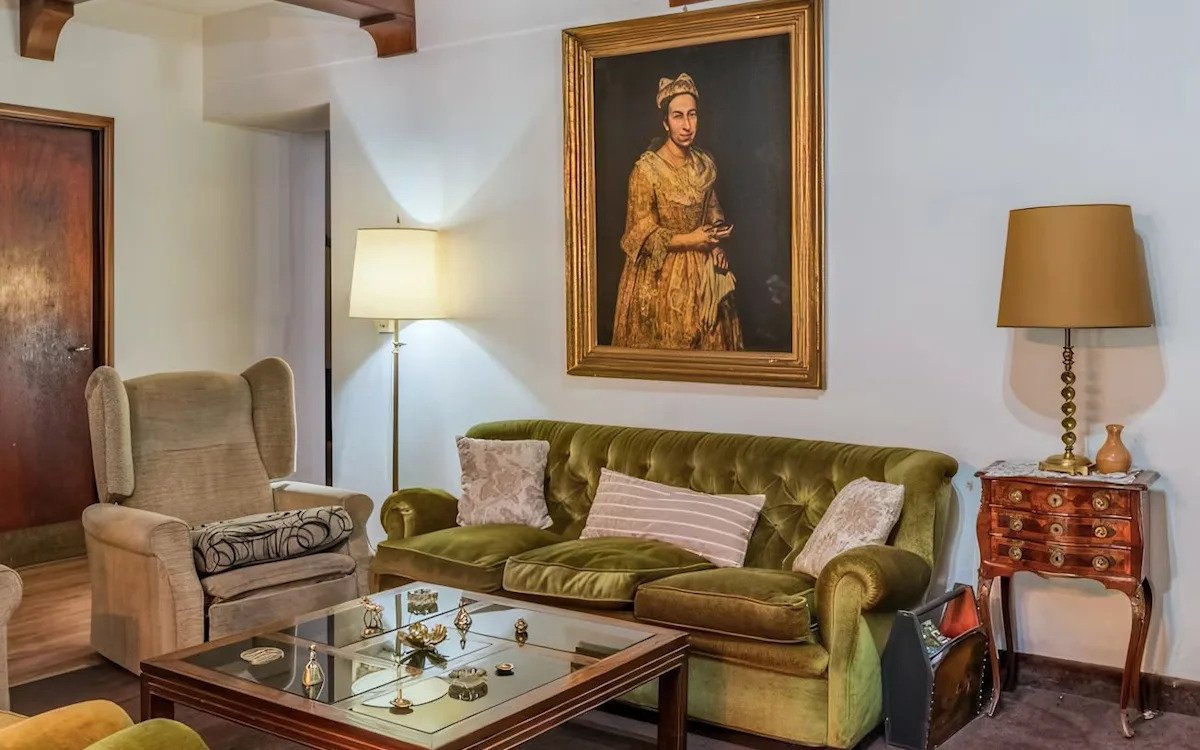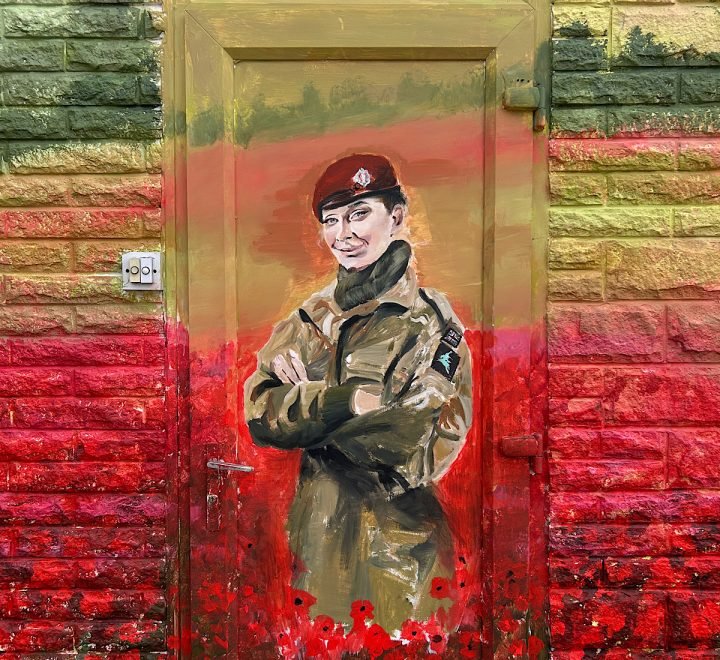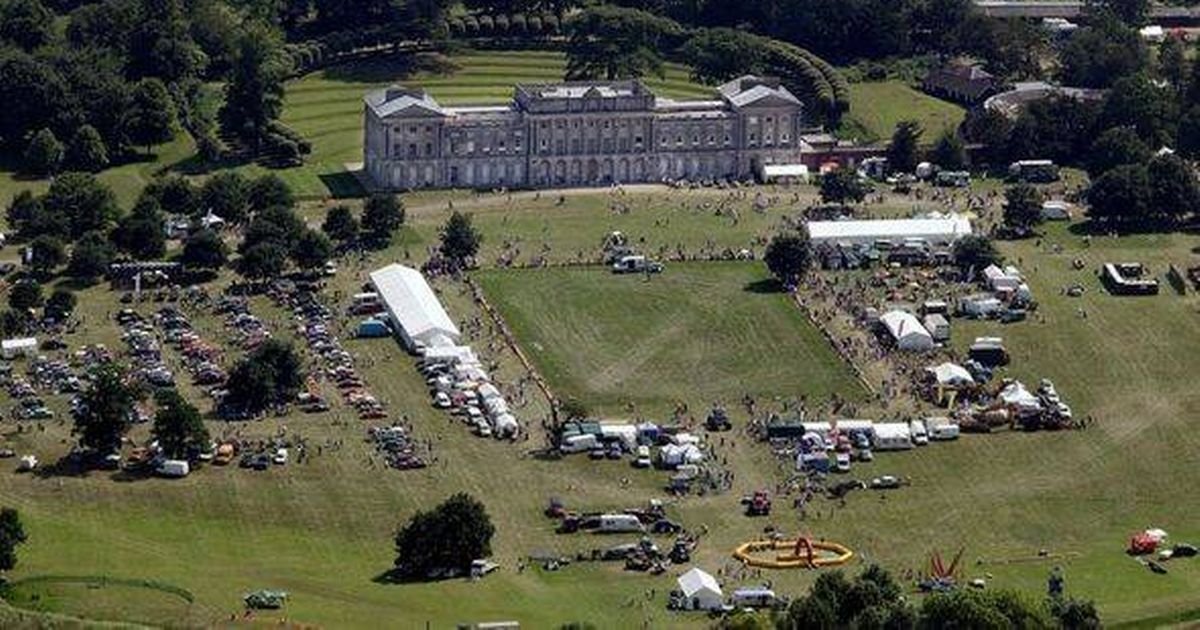For Elizabeth Catlett, it was never art for art’s sake.
From her 1930s graduate studies at the University of Iowa under regionalist Grant Wood to the two final exhibitions of her lifetime in 2011, Catlett consistently created paintings, sculptures and original prints with an emphatic, often pointed sociopolitical message.
“For I have been, and am currently, and always hope to be a Black revolutionary artist and all that it implies,” the activist-artist said in a 1970 speech as part of a milestone Black art conference at Northwestern University in Evanston.
The final nine words of that quotation form the subtitle of a touring exhibition that opens Aug. 30 and runs through Jan. 4, 2026, at the Art Institute of Chicago and features 110 works that span nearly the entirety of her 75-year career.
Catlett graduated from high school during the Great Depression and lived through the Red Scare of the 1950s, the Civil Rights Movement and the inauguration of President Barack Obama, engaging with the events around her all along the way.
“Everything she did was about being an active participant in fighting for social justice, fighting for equal rights, fighting for people’s right to have art, even,” said Sarah Kelly Oehler, the Art Institute’s curator for Arts of the Americas. “Her entire mandate as an artist was to provide art to people who wouldn’t necessarily have access to it.”
The show seeks to bring a broader understanding of the Washington, D.C., native, who has gained increased attention since her death in 2012 at age 96, and establish her as not just significant but nothing short of what the museum deems a “defining artist of the 20th century.”
Oehler called Catlett a highly influential artist in Mexico, where she moved in 1947 and was later exiled after the American government revoked her citizenship because of her political affiliations. She became an integral member of that country’s renowned printmaking collective, Taller de Gráfica Popular (People’s Graphic Workshop).
Equally important, Oehler said, Catlett was one of the first artists to take on a subject that was largely absent from paintings and sculptures to that point — the importance of Black women in American society. “Representations of Black women are not sympathetic for much of the 20th century,” the curator said, “and she really redefines that through her art.”
Aside from her subject matter, Catlett was also something of a revolutionary in terms of the diverse styles and techniques that she absorbed into her art, everything from aspects of African and pre-Columbian art to pop art. “This is an artist who was incredibly curious, rich and constantly pushing at what she could in her craft as an artist,” Oehler said.
In an attempt to give her “full credit where it’s due,” the curator said, this is the first Catlett retrospective in the United States that does not focus on just one medium but looks at all aspects of her creative output. Included are 69 original prints; 25 sculptures in such materials as stone, bronze, wood and terracotta; 12 works on paper and four examples of her little-known paintings.
Chicago is a fitting stop for this show, Oehler said, because the artist spent six months here in 1941, during the flowering of the city’s Black Renaissance. While her time in Chicago was short, she developed enduring friendships with artists like Margaret Burroughs, and her first husband was Charles White, a Chicagoan featured in an Art Institute retrospective in 2018.
“This really became her intellectual and artistic community for several years,” Oehler said. “And, I think, [it] helped shape the trajectory of her entire life.”
Among the exhibition’s highlights, the curator cited these works:
- “Angela Libre” (1972), color lithograph on silver foil, 22 by 25½ inches. Drawing on the serial pop style of Andy Warhol, this work incorporates six repeated portraits of political activist Angela Davis. “It has this wonderful reflective, colorful appearance that I find really compelling, personally,” Oehler said.
- “Head (Head of a Man)” (ca. 1941), limestone. The Art Institute acquired this early sculpture in 2022 to complement its holdings of Catlett’s works on paper, including what Oehler described as an “incredibly rich color version” of the artist’s most famous print in the United States, “Sharecropper” (1952, printed 1970).
- “Untitled (Composition for a Peace Poster)” (ca. 1950), linocut, 50½ by 35 inches. Created in collaboration with Alberto Beltrán, this unusually large-scale print on two sheets of cream wove paper depicts a woman shielding her child as a giant hand overhead holds back an onslaught of bayonets.
“What I love about this show is that there is something that will appeal to every art lover, regardless of what kind of art you are interested in,” Oehler said. “There is so much interesting subject matter and different approaches to art.”










